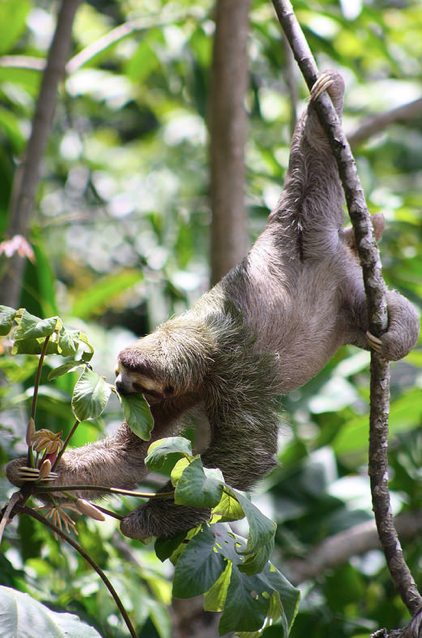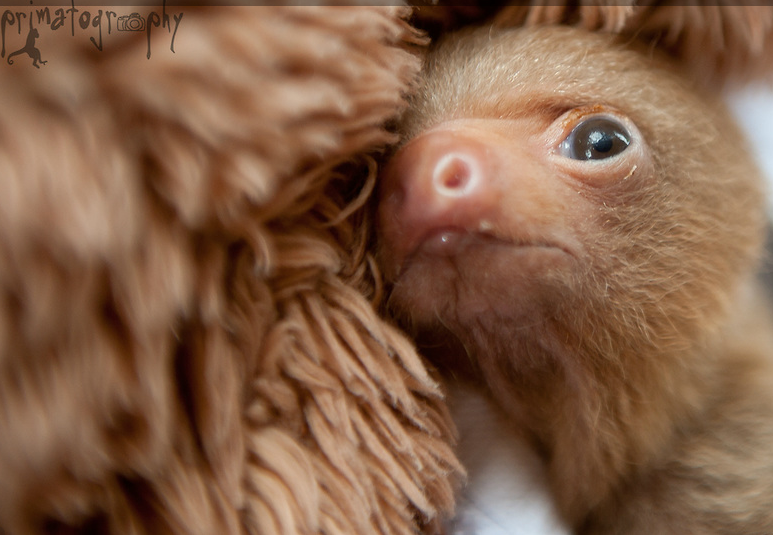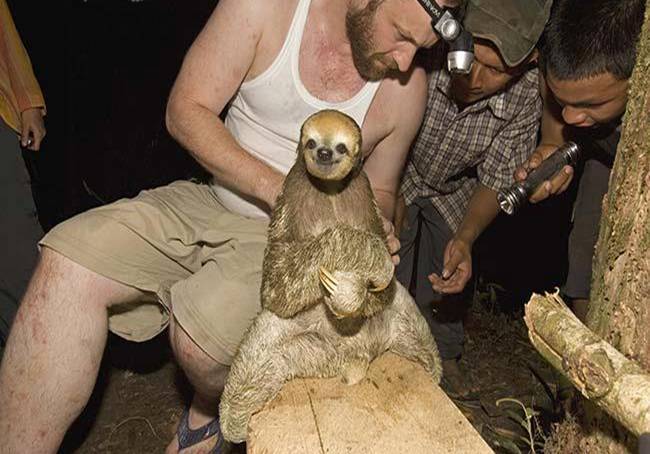Sloths have one of the lowest metabolic rates of any mammal, and are therefore thought to have low rates of food ingestion.
A study published by Becky Cliffe et al in April (article link here) further shows that food consumption in brown-throated sloths is significantly affected by temperature, with increased consumption at higher temperatures.
We suggest that the known fluctuation of sloth core body temperature with ambient temperature affects the rate at which gut fauna process digesta, allowing for increased rates of fermentation at higher temperatures.








